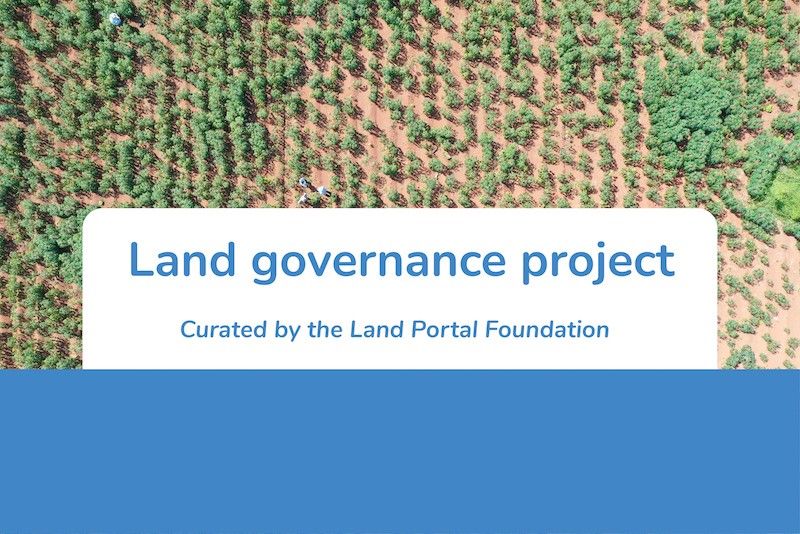Community / Land projects / Flood Risk and Climate Change Hokkaido
Flood Risk and Climate Change Hokkaido

€0
08/19 - 03/22
Completed
This project is part of
Implementing Organisations
Donors
Data Providers
General
Short general project overviewChallenges in Hokkaido and JapanHokkaido suffered from 3 typhoons in a week between August 17 to 23, 2016, followed by another typhoon after a week. These events lead to exceptional heavy rainfall causing large scale inundation due to dike breach, damage to main roads, bridges and railways and agricultural damage in large areas. Due to climate change the pathways of typhoons is changing, with more events coming to Hokkaido (The Prediction of Climate Change in Hokkaido, Japan, 2018). Research showed that, based on RCP8.5 scenario, the amount of rainfall is expected to rise with a factor 1.4 (The Prediction of Climate Change in Hokkaido, Japan, 2018). Future rainfall will cause the increase of flood discharge by 1.5 to 1.7 times (The Prediction of Climate Change in Hokkaido, Japan, 2018).Beneficiary of the projectHokkaido requires renewed water management planning taking climate change into account. For this a regional committee is established called “Flood Disaster Prevention Committee Based on Extremely Heavy Rain in Hokkaido August 2016”. The committee is established by Hokkaido Regional Development Bureau (part of the Ministry of Land, Infrastructure, Transport and Tourism (MLIT)) together with Hokkaido Prefectural Government. This committee must examine how to prevent future flood disaster, by examining climate change and water management (securing production area). This regional committee is the first beneficiary of the project. Hokkaido is an example for other prefectures in Japan which face similar questions, so the Ministry of Land, Infrastructure, Transport and Tourism (MLIT) is the second beneficiary.Why this consortiumThis consortium builds on an existing network of Japanese and Dutch universities, research institutes, companies and governmental agencies. This network was initiated by the Japanese partners over the last two years after the recent floods in Hokkaido and the need to cope with climate change. In this network only top experts are involved, as only they can give the required and accepted added value for Japan. These experts can be seen as knowledge entrepreneurs. This resulted in involvement of Dutch experts in Japan and has created the (once in a lifetime) opportunity to create further opportunities for upscaling.Pilot project and resultsIn the project we will analyse the flood risk of Hokkaido using the state-of-the-art flood risk methods developed and widely used in the Netherlands (Veiligheid Nederland in Kaart VNK2). This approach will be made fit for use in Japan. This means that additional failure mechanism (meandering of rivers and earthquakes) must be considered as well as multiple hazards (rainfall, tsunamis). Therefor we must have a better understanding of the impact of future climate change on extreme water levels. We will apply the official Dutch method for deriving extreme flood statistics (GRADE) on a case study in Hokkaido. Parallel to these activities we will exchange knowledge and develop a sustainable network of knowledge entrepreneurs. We will have three workweeks to work closely together, and bilateral meetings. The results of the project are a flood risk atlas including models and description of the method, meeting reports and roadmaps for upscaling in the field of research and businesses.UpscalingThe project will provide valuable knowledge on the applicability of the Dutch approach for flood safety in Japan. This knowledge will help to apply the methods in comparable situations around the world. The project will develop roadmaps for research and business opportunities. This can lead to application of the method in Japan and South East Asia and can be a driver for new PhD’s, graduate students, postdocs on joined research projects.• Initial activities and results of the projectThe long-term goal of the project is to develop a sustainable and self-supporting network between Dutch and Japanese researchers on the field of flood risk management. The experience and knowledge of both parties can combine lead to fruitful research and business relations.In this project a flood risk assessment for Hokkaido is done, in which Japanese and Dutch knowledge is combined. To do so we improve models (develop new knowledge) of- Failure mechanisms as meandering rivers and earthquakes.- Risk models, by taking more water threats into account (tsunamis and typhoons in addition to river discharge and storm surges).- Consequence modelling (as early warning, evacuation) modelling by a better understanding of disasters and human choices (land use planning, building codes, emergency management).To make the Grade and VNK2 approach fit for use in Japan, an adopted risk-based method will be used by Japan. This requires a further development of the VNK2-method because of other types of water related disasters (typhoons and tsunamis in addition to storm surges and extreme river discharges) and additional mechanisms of failure (meandering of rivers because of morphologic processes and earthquakes).



